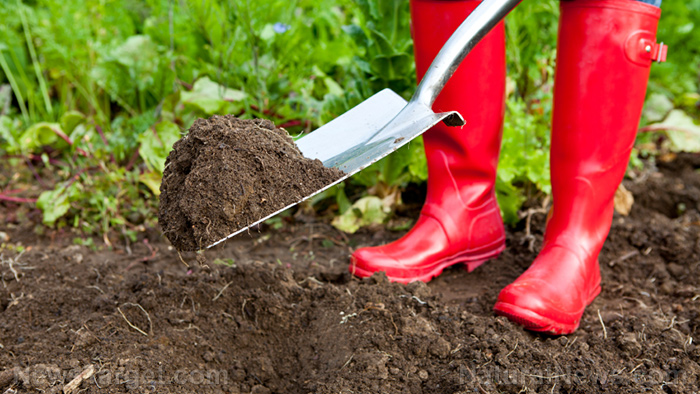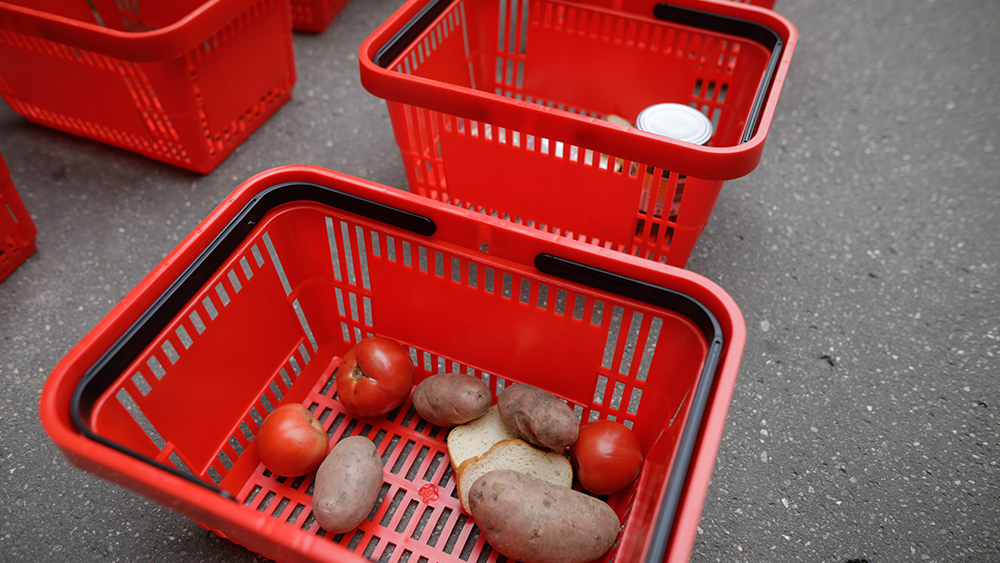
If you’re a city prepper and are planning to take up gardening, there is a method that can give you better yields while saving money and materials: double digging. (h/t to TheGrowNetwork.com)
“Biointensive” double dug gardening – how it works
Most people assume that as long as the plants in the garden have lush green leaves and look to be growing, then they must be healthy. However, root growth is key to the health of a plant. Healthy roots increase a plant’s ability to absorb nutrients, support the other parts of the plant and survive periods of drought. Loosening the soil deeply allows the roots to reach for more water and nutrients and lets them “breathe.”
Traditional gardening methods like the deep mulch method can loosen soil over time by attracting worms that aerate the soil – but this method takes considerable time before you can start planting your crops. Double digging solves this dilemma and allows you to grow produce in a short amount of time. It also doesn’t require you to find great big piles of organic matter.
With biointensive gardening, you can repair soil, increase yield and save water and money. The complete biointensive approach is ideal for growing a productive garden at little to no cost. It requires almost nothing in terms of materials and can yield a highly productive 4x8 bed in an hour or so.
This method, based on the pioneering work of English master gardener Alan Chadwick, relies on double digging, composting and close planting to keep the soil loose, fertile and moist.
If you haven’t tried double digging before, here’s how to do it:
- Clear your patch of ground (at least 4 inches wide and as long as is convenient) by removing weeds and tossing aside nutsedge roots, rocks, old boots, beer cans and other debris.
- Make a trench that's about a foot-deep across your garden bed’s width and put the dirt in buckets or a wheelbarrow.
- Loosen the dirt at the bottom of the trench with a spading fork or shovel; turn the dirt over to the depth of another 12 inches.
- Dig up the adjoining strip of untouched ground and turn it into the first trench as you go. Continue to dig and loosen to a depth of 24 inches until you get to the last row.
- Dump in the extra dirt from the first row to the last one. You now have a loose patch of soil, that’s ready for seeds or transplants. (Related: Home gardening tips: How to start seeds indoors.)
- You can also add compost or well-rotted manure by pitching some into the trench before covering with soil from the next strip.
With double digging, the patch ends up about six inches higher than the ground around it. After you are done, do not step on it. Avoiding soil compaction is key to higher yields. When roots can easily grow and reach as far as they can for nutrients, the plant will thrive.
With moderate watering and weeding, double dug gardens do very well. Visit HomeGardeningNews.com to learn more about different gardening methods.
Sources include:
Please contact us for more information.























